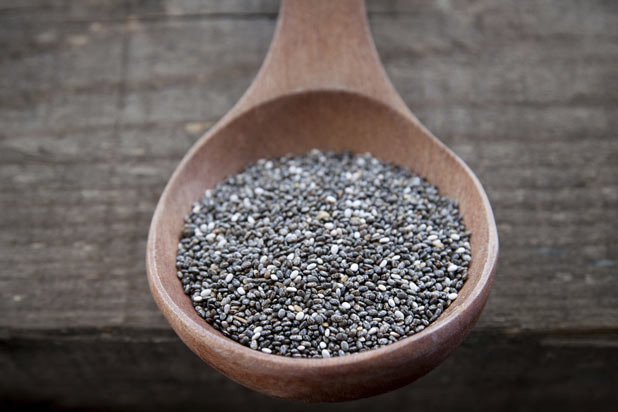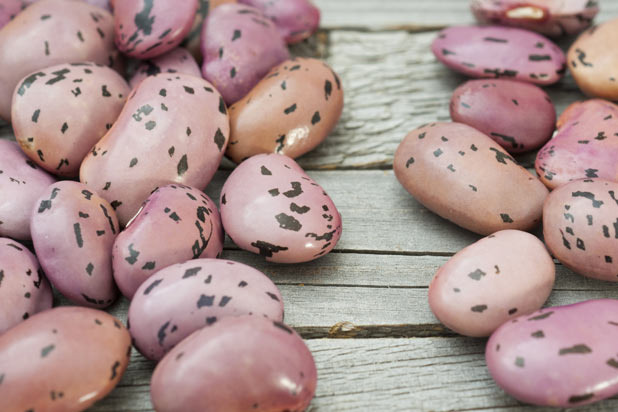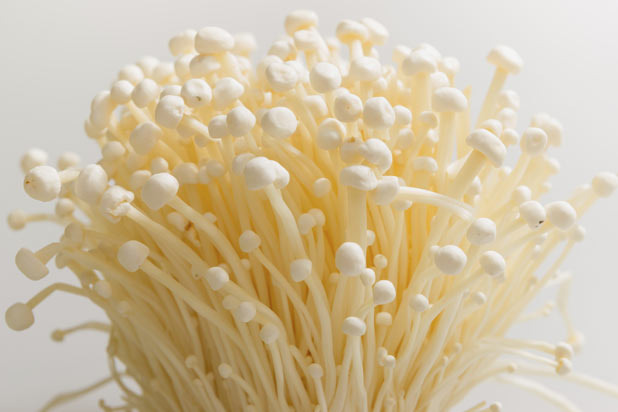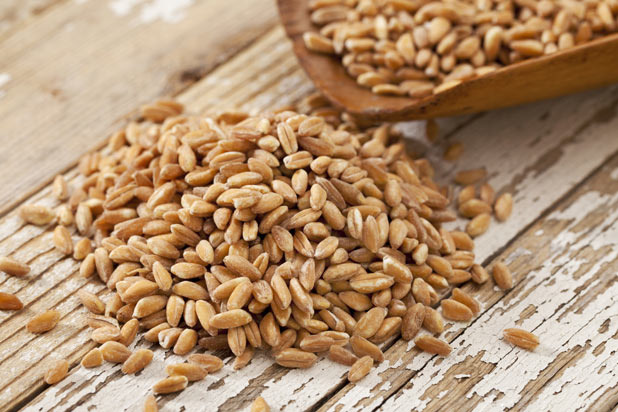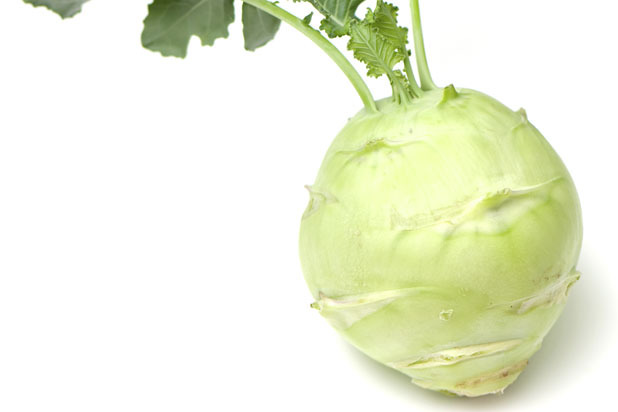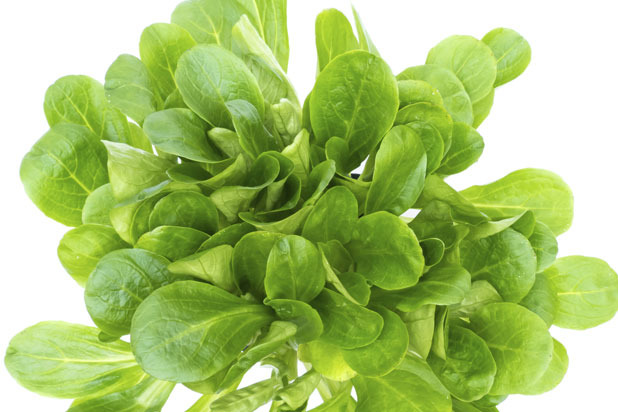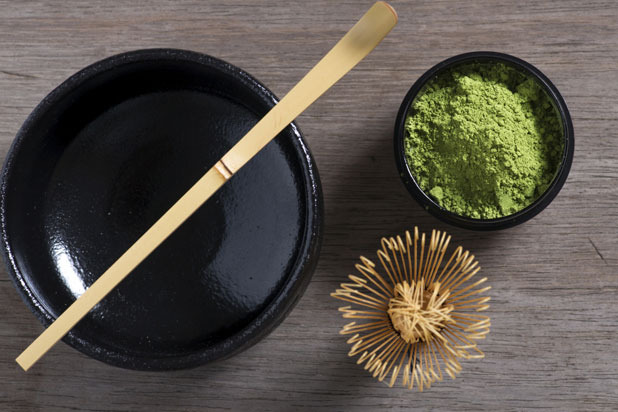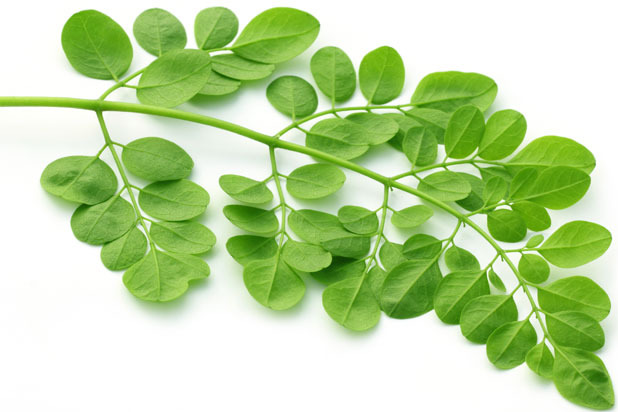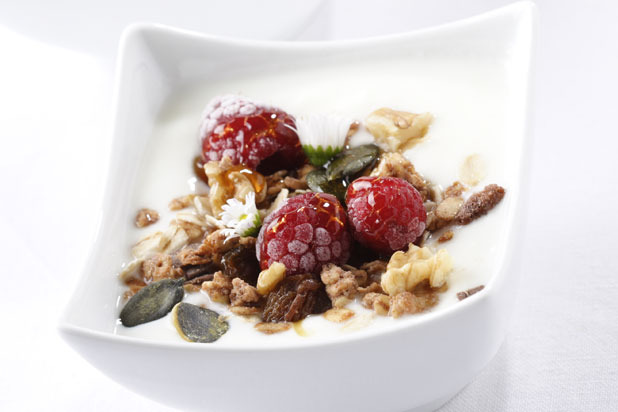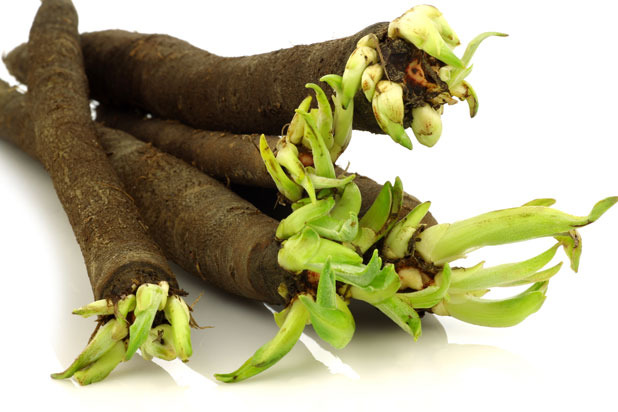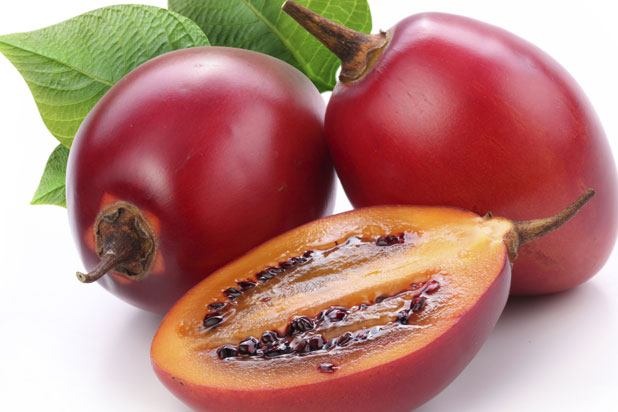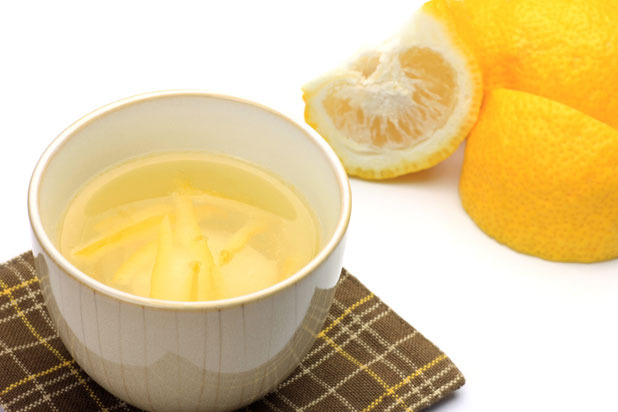12 Superfoods You Need To Know (Slideshow)
Chia seeds are popular for weight loss because they make you feel fuller faster and stay fuller longer. Plus, they are full of omega-3 and easier to digest than flaxseeds. They also reduce blood pressure and help control blood sugar. Blend chia seeds with a smoothie or sprinkle on morning cereal or yogurt.
Cranberry Beans
Always a bridesmaid to the popular black bean, cranberry beans deserve to be in the spotlight this season. A beautiful, mottled pink bean, they turn pale when cooked and are a great source of protein and fiber. And according to Daly, an added bonus is that they contain 75 percent less of the gas-causing carbohydrate trisaccharides than pinto beans.
Enoki Mushrooms
Forget the typical button and cremini varieties, slender enoki mushrooms have a mild flavor and they're super easy to prep — just rinse and toss them into your favorite soup, sauce, or salad. Studies show they offer significant anti-cancer and immune-enhancing effects — just in time for cold and flu season!
Freekeh
Harvest wheat when it's young and green then roast it, and you've got freekeh, a grain that's similar in flavor and texture to barley. It's full of fiber (three times as much as brown rice!), which has been shown to lower heart disease risk, improve digestion, and aid in weight loss, and it offers protein and minerals, too.
Kohlrabi
An excellent source of potassium and vitamin C, kohlrabi has been used in Ayurvedic medicine to improve circulation and stabilize blood sugar. It's a root vegetable related to the humble cabbage, with a texture similar to turnips. Cut away the outer fibrous skin, and kohlrabi can be served raw in salads or baked until soft as a yummy side dish.
Mâche
A very pretty, small bluish-green lettuce, mâche may seem like the new leafy kick on the block, but it's been eaten since Neolithic times. Mâche is an excellent source of beta-carotene, which is a form of vitamin A used to maintain healthy body tissues, and contains three times as much vitamin C as standard leaf lettuce.
Matcha
This finely ground green tea powder can boost your metabolism and help reduce cholesterol levels if you drink it regularly. It also contains antioxidants and can reduce stress. Matcha can be added to drinks and also used in cakes, breads, and noodles.
Moringa
Native to parts of Africa and Asia, the leaves of this plant are rich in vitamin A, vitamin B, vitamin C, and minerals. The leaves are also packed with calcium, potassium, and protein. You can eat the leaves raw or sautéed with a little olive oil and garlic.
Rye Berries
Loaded with amino acids, vitamin E, 11 B vitamins, protein, iron, and other trace minerals, rye berries make a satisfying morning meal when cooked like porridge. According to Daly, the grain reduces inflammation and can regulate appetite by maintaining insulin levels. Rye berries have a similar profile to wheat, but naturally contain less gluten.
Salsify
Also referred to as "oyster plant," salsify is a white root vegetable that looks like a slimmed-down parsnip and tastes a bit like an artichoke heart. Salsify contains inulin, a natural form of insulin that supports pancreatic health, and the vegetable is delicious sautéed, baked, or stewed.
Tamarillo
Tamarillos look like mini-tomatoes, with shiny red or yellow skins, but their flesh is denser with a sweeter, more acidic taste. Toss them into chutneys or stews to capture their potent vitamins A and C.
Yuzu
More bitter than a grapefruit, yuzu hails from Japan and is lauded for its powerful antioxidant properties — the juice contains three times more vitamin C than lemons and the peel has limonene, an anti-inflammatory agent. The fruit itself can be sour, so it's best enjoyed freshly squeezed in dressings or zested over vegetables and salads.
